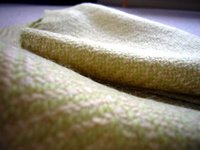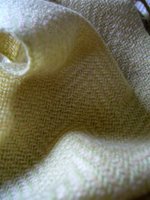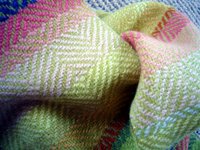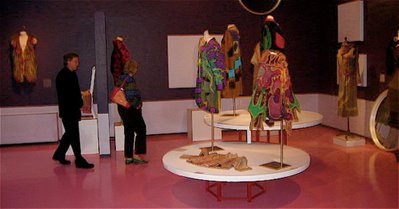What amazes me is when I see his work, I can feel the care he takes, the passion, the patience, and the love he puts into each piece. His lines are precise, and yet I feel his breath breathing spirit into each piece of wood, each piece of stone as he chips/chisels away (are those the right words?); much like the way a mother gazes at her sleeping baby; much like the way I caress my warp chains and smell the wool. I have never had this level of connection with any art work before, not even with my own. And the word "care" keeps coming back.
I need to read more on photographing art works, and I'm afraid that won't happen until after the exhibit, but I must give you a sneak preview.


 [Erratum] I should have asked him about this first, but the last photo is a work by someone else, but displayed at his gallery garden. I hadn't known him to work with media other than wood and glass, and this design is unusually naturalistic for Tim. Pardon me, mate.
[Erratum] I should have asked him about this first, but the last photo is a work by someone else, but displayed at his gallery garden. I hadn't known him to work with media other than wood and glass, and this design is unusually naturalistic for Tim. Pardon me, mate.













